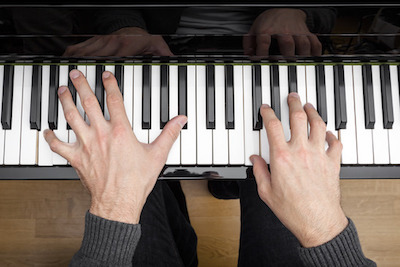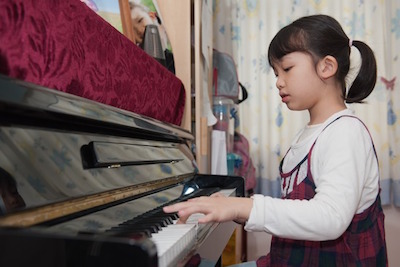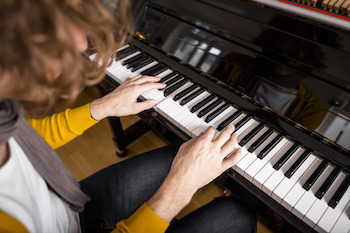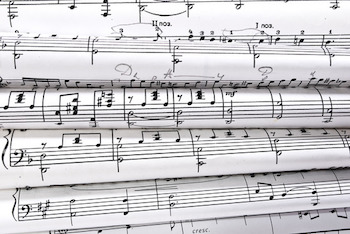Your teen has been hinting around they want to start playing the piano. It could be they want to play in a band.
Being in a band is cool. They envision themselves as the next member of Rolling Stones. But before they ever head out on tour, music has to become a part of their lives.
Playing piano in a band is different than playing for yourself. You have to rethink the way you play.
Rarely will you be playing things you learned, and instead will be making things up as you go along. You improvise. You invent.
Which means the art of playing comes to be. You start thinking as a “we” rather than a “me”. You have to compliment every other member of the band in order to create a sound that works together.
Because of the wide variety of sounds on a digital keyboard, they are often tasked with creating many different sounds. Learning traditional piano is important, but it also becomes beneficial to understand how to incorporate other sounds as well. The challenge is to play those parts as if you are the other instrument, not as if you are a solo pianist.
It takes training.
It takes practice.
If you are playing like a guitarist, you have to build chords like a guitarist. If you are playing like a horn player, you can’t play multiple notes at the same time.
You also have to be a better listener, a better ear player. Like any skill, the more you do it, the better you will become. Playing by ear is often called upon whether mimicking popular music, or creating new sounds. Chords come together and compliment each other throughout the song. As you listen to others, it becomes easier to implement your own ideas.
Is your teen ready to start up a band? The first step may be to get them into music. A quality digital piano is the best place to start. Stop by today and we can help you find the perfect instrument.










